Pho Bay Dangsan(포베이 당산)
4.7Km 2020-12-08
1 Dangsan-ro 35-gil Yeongdeungpo-gu Seoul
+82-2-2677-0017
You can enjoy Thai food as well as Vietnamese rice noodles. This Rice noodles restaurant is located in Yeongdeungpo-gu, Seoul. The most famous menu is rice noodles.
Hwanghaedo Guwolsan (황해도구월산)
4.7Km 2021-03-25
5-1, Gukhoe-daero, 36-gil, Yeongdeungpo-gu, Seoul
+82-2-2634-5180
It is a soup dish that is good for the body, using broth that has been boiled for a long time. This Korean dishes restaurant is located in Yeongdeungpo-gu, Seoul. The most famous menu is ox knee soup.
Yeon Deung Hoe (Lotus Lantern Festival) (연등회)
4.7Km 2025-04-09
55 Ujeongguk-ro, Jongno-gu, Seoul
+82-2-2011-1744~7
Started approximately 1,200 years ago during the Silla dynasty and continued through the Goryeo Yeon Deung Hoe and Joseon lantern festival, the Yeon Deung Hoe Festival is a traditional festival registered as an Intangible Cultural Heritage and UNESCO Masterpiece of the Oral and Intangible Heritage of Humanity. The lanterns at Yeon Deung Hoe Festival brighten the heart and the world!
Chwimallu (취만루)
4.7Km 2021-03-25
187, Dosin-ro, Yeongdeungpo-gu, Seoul
+82-2-844-8899
It is a place where you can enjoy various Chinese dishes. The best menu at this restaurant is sweet and sour pork. This Chinese (cuisine) restaurant is located in Yeongdeungpo-gu, Seoul.
Vestis - Gyeongbokgung Branch [Tax Refund Shop] (베스티스 경복궁)
4.7Km 2024-04-18
1F, 17, Jahamun-ro 12-gil, Jongno-gu, Seoul
-
GOGHI (고희)
4.7Km 2021-03-26
17, Jahamun-ro 12-gil, Jongno-gu, Seoul
+82-2-734-4907
A good café to have a meal as it has a brunch menu as well as drinks. This cafe is located in Jongno-gu, Seoul. The representative menu is americano.
Seungdong Church (승동교회)
4.7Km 2020-04-02
7-1, Insadong-gil, Jongno-gu, Seoul
+82-2-732-2340
Seungdong Presbyterian Church was designated Tangible Cultural Asset No. 130 by the Seoul Metropolitan Government on April 6, 2001. Originally known as “Gondanggol Church,” the church was established by Samuel Foreman Moore (1860-1906) in 1893. In those days, the church was known as a “baekjeong church” since it primarily drew Korea’s social underdogs such baekjeong (the butchers), the untouchable class of Joseon society.
Following a number of relocations and name changes (called “Gondanggol,” “Jungang,” and finally “Seungdong”) the church was moved to its current location in Insadong. After Moore died in 1906, Charles Allen Clark became the pastor of the church and Mongyang Yuh Woon-hyung, a key figure in the political history of Joseon, became active in the church. The church was attended by many other activists as well. In fact, the large student demonstration that took place during the March 1st Independence Movement in 1919 was organized by a group of young church members. The church once again made its mark on history with the establishment of the Joseon Theological Seminary in 1939.
Seungdong Church (B1-2F) covers a total of 660 square meters. No record has been found on its architect or builder, but the building is said to have been one of the more magnificent buildings in the area before its beauty was obscured by newer structures.
Galbiga (갈비가)
4.7Km 2021-03-25
11, Dangsan-ro, 32-gil, Yeongdeungpo-gu, Seoul
+82-2-2671-9246
It is a place where you can enjoy Korean BBQ. This restaurant's signature menu is grilled Korean beef sirloin. This Korean dishes restaurant is located in Yeongdeungpo-gu, Seoul.
THE SHRIMP (새우숲)
4.7Km 2021-03-25
5-1, Dangsan-ro, 35-gil, Yeongdeungpo-gu, Seoul
+82-2-2679-3535
It is a place where you can enjoy a variety of dishes made with shrimp. This Korean dishes restaurant is located in Yeongdeungpo-gu, Seoul. The representative menu is deep-fried shrimp.
Balwoo Gongyang (발우공양)
4.7Km 2024-01-05
56 Ujeongguk-ro, Jongno-gu, Seoul
Balwoo Gongyang, located in front of the main gate of Jogyesa Temple, is a temple food restaurant operated by the Cultural Corps of Korean Buddhism. It was selected as a 1-star restaurant by the Michelin Guide for three consecutive years from 2017 to 2019 and it is so popular that reservations must be made a month in advance. “Balwoo” refers to meals for monks and it means that the act of eating is also a process to realizing the truth. The restaurant offers five types of course menus inspired by Buddhist teachings that are served in the order of Suljuksim, Juksang, Sangmi (嘗味), Dammi (噉味), Seungso (僧笑), Youmi (愈味), and Ipgasim. The menu is made with seasonal ingredients to bring out the best flavor of each season. The course meal starts with appetizing kimchi stew according to the traditional Korean meal culture. Then it is followed by porridge, seasonal salad, rice and stew, side dishes, tea, and dessert, satisfying both the taste buds and health. Those who wish to experience an authentic temple meal are recommended to try the Beop Course.
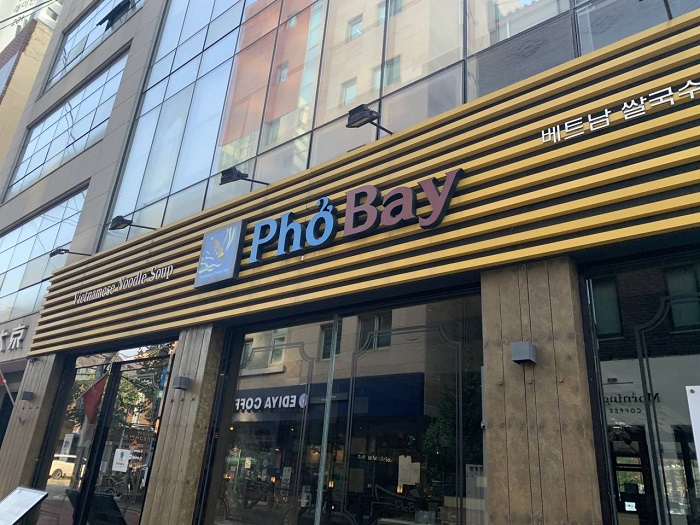
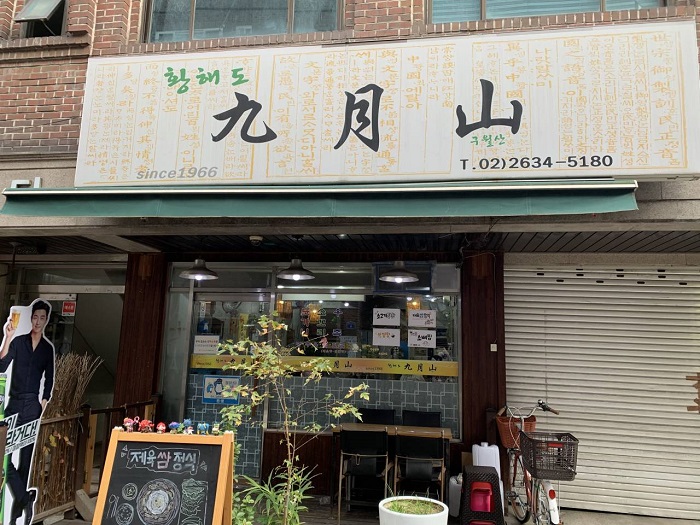
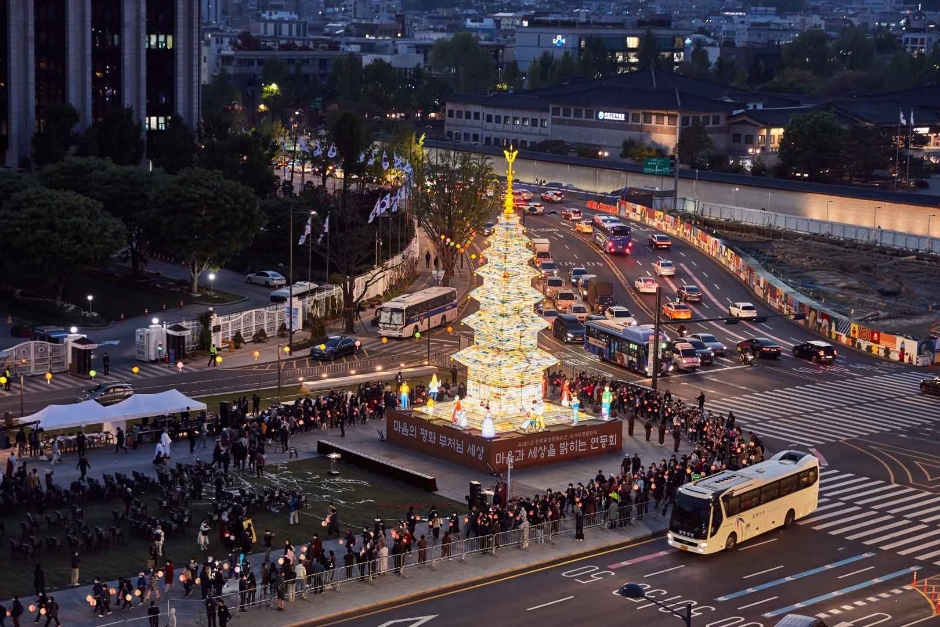
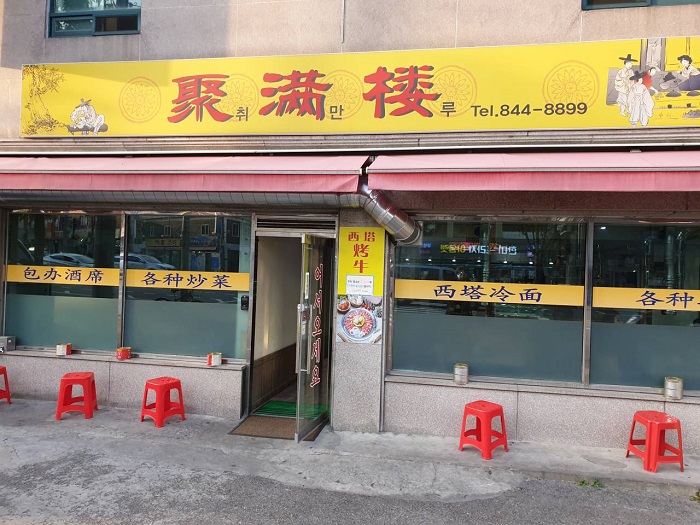

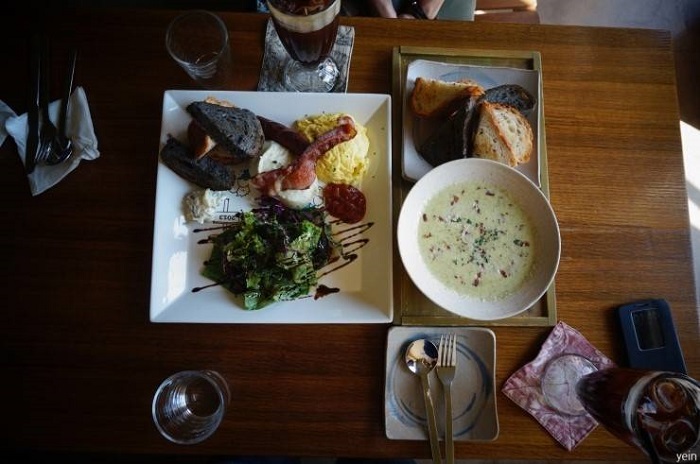
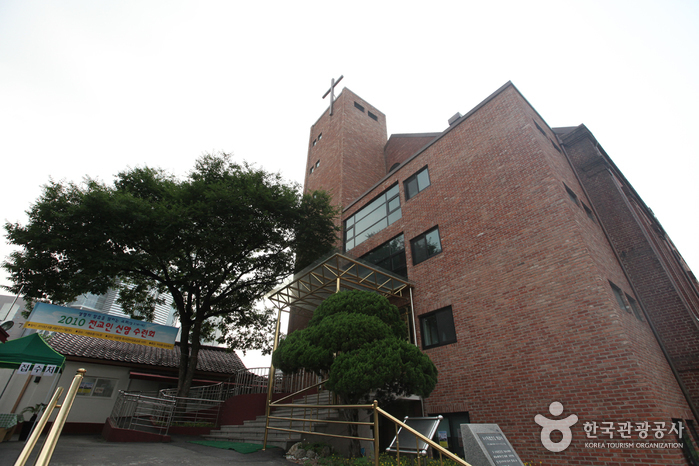
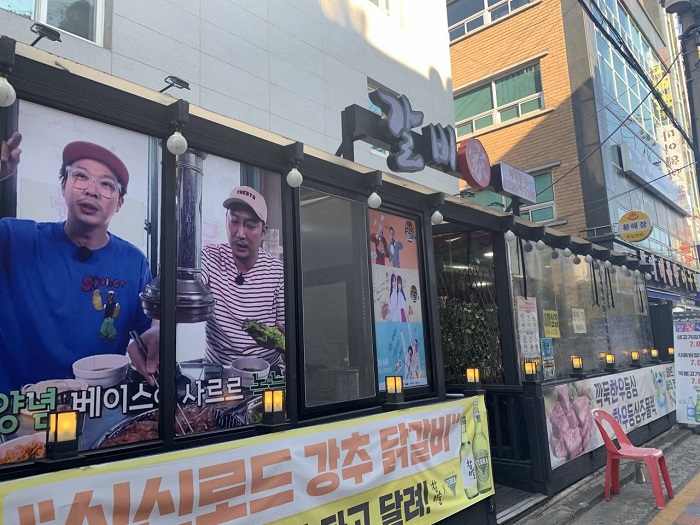
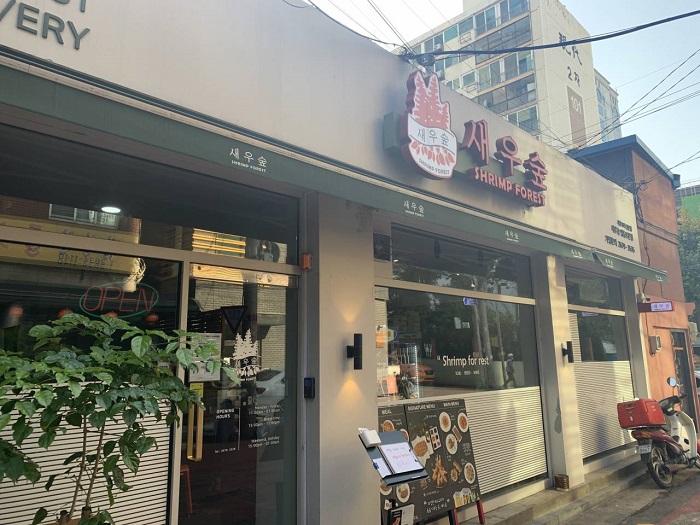
 English
English
 한국어
한국어 日本語
日本語 中文(简体)
中文(简体) Deutsch
Deutsch Français
Français Español
Español Русский
Русский